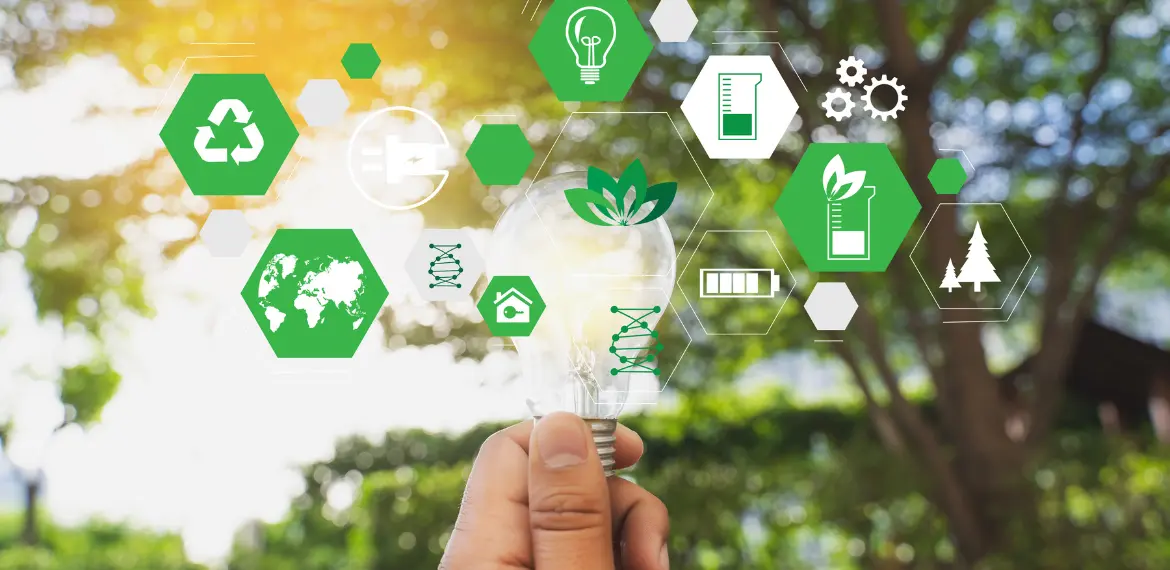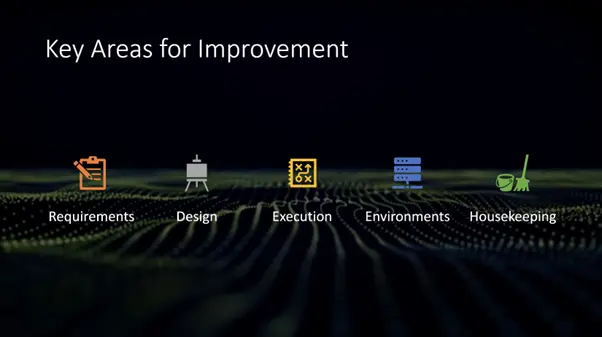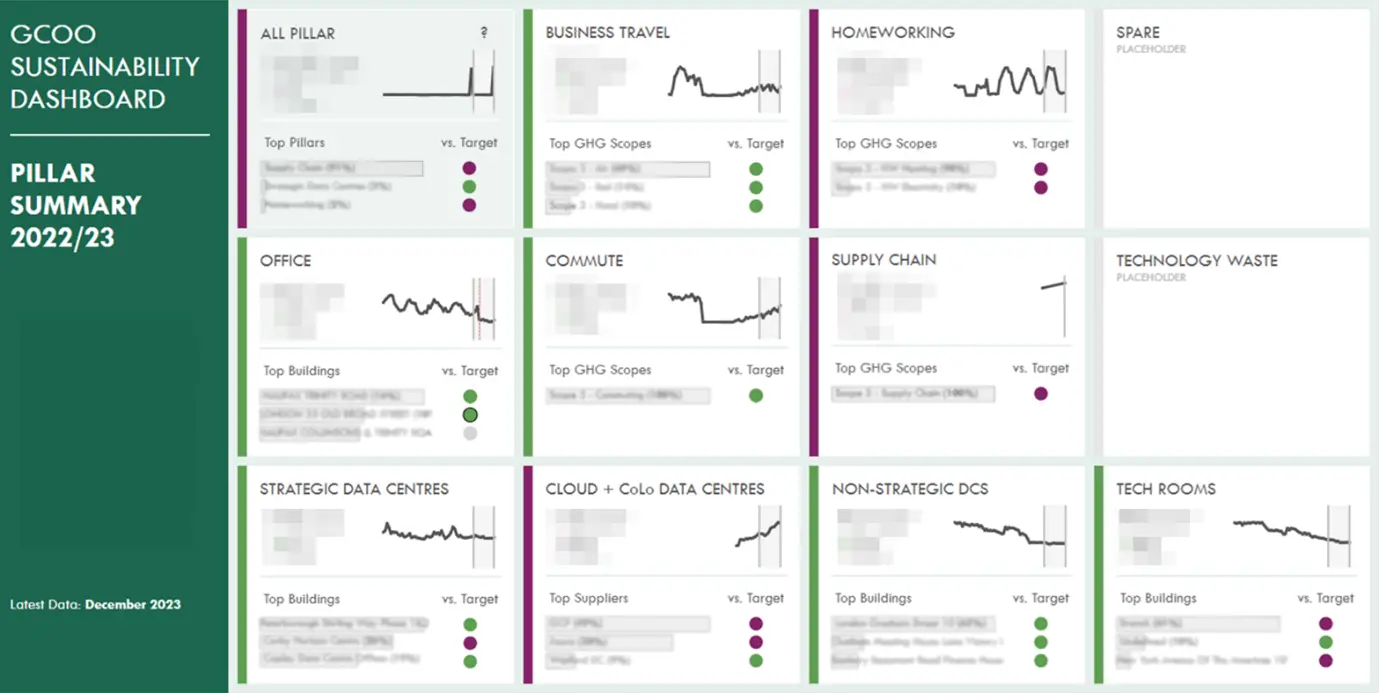
Over the past 12-18 months, we’ve been on an exciting journey at Lloyds Banking Group (LBG), striving to make our software projects more sustainable. It’s been a rewarding experience, and I’m pleased to share some of the key steps we’ve taken to reduce our environmental impact.
Understanding the Problem
When people think about sustainability in IT, they often overlook the software development lifecycle (SDLC). But the truth is, there’s a lot of waste in the SDLC that can be reduced. At LBG, we decided to tackle this head-on by identifying and eliminating wasteful processes in our software projects. For example, we found that our route to live (RTL) environments have a larger carbon footprint than our production systems, yet when we think of carbon emissions and wasteful processes it’s always the production environments that attract our attention.
Setting Clear Targets
We started by aligning our engineering teams with the group’s operational sustainability targets. Our company goals include achieving net-zero emissions by 2030, halving energy use by 2030, reducing travel emissions, waste and water usage and powering all of our properties with 100% renewable energy.
Green Testing ‘Yes Check’
One of the key initiatives that we’ve adopted is the Green Testing ‘Yes Check’. This originated at NatWest Group and we have adapted it to improve sustainability in our test environments. The ‘Yes Check’ encourages sustainable practices in software testing by providing a structured approach to identify and address areas where improvements can be made. By measuring a team’s performance against agreed benchmarks, based on a series of simple “yes or no” questions, we can identify the areas where improvements can be made.
Five key areas for improvement are: Requirements, Test Design, Test Execution, Test Environments, and Housekeeping. Each team is asked a series of questions in each of these categories and a score is calculated to determine compliance with recommended standards. Repeating the benchmarking process every six months helps teams to assess their testing processes, identify wasteful practices, and implement changes that lead to more sustainable outcomes. This approach not only helps reduce the environmental impact of software testing but also promotes a culture of continuous improvement and awareness of sustainability issues within LBG.

Using Dashboards
We make extensive use of dashboards to monitor our progress. Our GCOO Sustainability Dashboard, for example, helped us track various sustainability metrics across different categories such as office, business travel, homeworking, commute, supply chain, technology waste and data centres.

We’ve also developed carbon dashboards to monitor and manage our carbon footprint for business applications in real-time. These dashboards provide detailed insights into our carbon footprint on a “per-application” basis, allowing us to make informed decisions to reduce our carbon footprint. Some teams have set themselves carbon targets for their applications and strive to reduce emissions in every software release.
Education and Awareness
Building awareness is a crucial aspect of our strategy. We highlighted the unsustainable nature of software testing and emphasised the importance of communities in building awareness. We used various online communities and presentations to spread the word. We encourage our engineers to discuss sustainability throughout the SDLC. We use “standards and guardrails”, carbon dashboards and the Green IT survey to encourage engineers to think about sustainability throughout each project lifecycle. Teams are encouraged to change incrementally, ensuring that every small change contributes to our overall goal.

Looking Ahead
Our journey towards sustainability in software projects is ongoing, but we’ve made significant progress over the last 12-18 months. By focusing on reducing waste in the SDLC, setting clear targets, using innovative tools like our carbon dashboards and building awareness, we’re making a real difference.
Author

Richard Bishop
Richard is an experienced software tester with over 20 years’ experience in performance testing and test management. In his roles at Lloyds Banking Group, Richard advises, and mentors quality engineers and developers and his goal is to help them to get the most from then bank’s investments in software testing and test management tools.
Lloyds Banking Group are Gold Partners in this years’ EuroSTAR Conference EXPO. Join us in Edinburgh 3-6 June 2025.